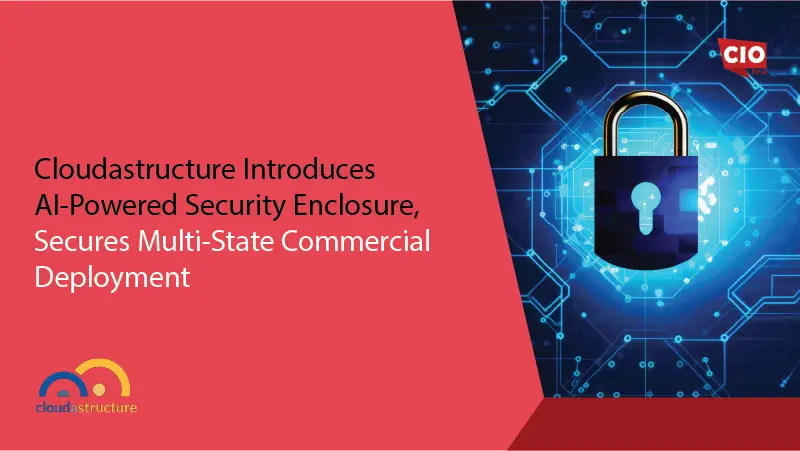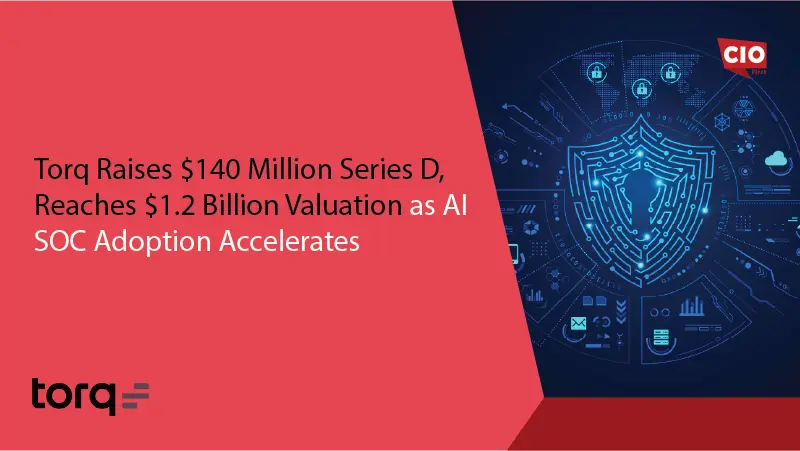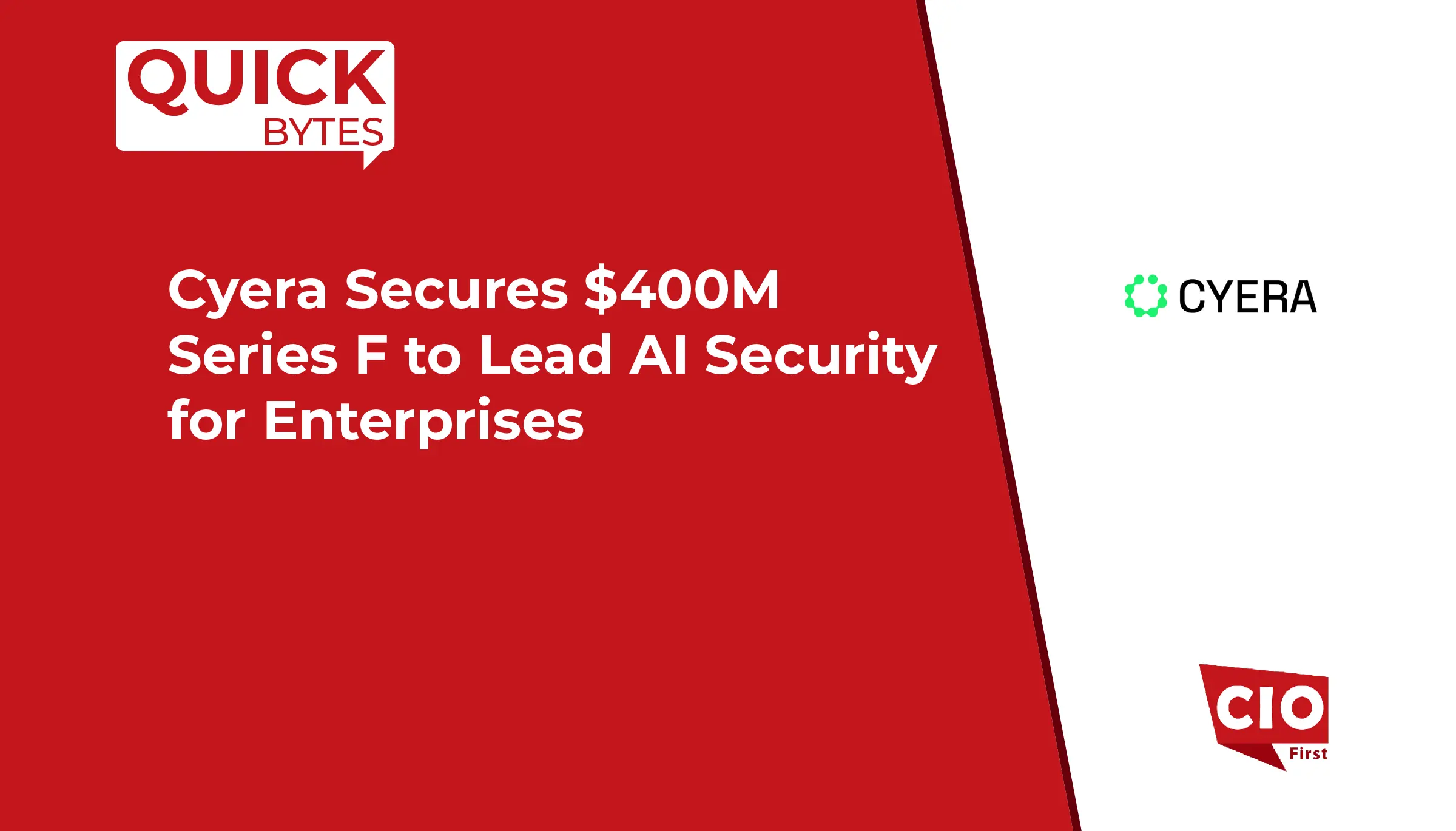The popularity of orchestration systems like Kubernetes, which serve as the foundational infrastructure for containerized applications, as well as container-based application deployment, is at an all-time high.
Kubernetes has taken over as the default orchestration and deployment platform for cloud-native apps due to its capacity to orchestrate and automate application deployment, scaling, and administration. Companies cannot discuss Development, Security, and Operations (DevSecOps) without addressing the security of container-based apps.
IT leaders place a high priority on security. In fact, among the more than 1,300 IT decision-makers polled for Red Hat’s 2022 Global Tech Outlook study, it ranked as the leading IT technology funding priority. Additionally, Kubernetes is crucial: Red Hat’s most recent The State of Enterprise Open Source research found that 70% of the additional 1,300 IT decision-makers who participated in the survey utilize it as a component of their IT infrastructure.
Also Read: Top Five Investments CIOs Must Make Ahead of Recession
To better grasp the main trends in Kubernetes and cloud-native security in general, consider the following three major findings.
More automation is required
The significance of accurate setups at scale emphasizes the significance of automation more generally. Businesses discovered that similar to security generally, investments in automation were prioritized across several industries moving into 2022 in the 2022 Global Tech Outlook.
Automation has a lot of benefits. Without a healthy dose of automation, maintaining consistency and repeatability across a production Kubernetes system is impossible.
At the very end of the application development process, firms might recall the traditional security specialists inserting themselves. The secret to codifying security best practices and information in a way that developers, DevOps, DevSecOps, and other individuals engaged in the creation and operation of applications can access it from the very beginning is automation.
In general, hybrid cloud strategies are preferred
The prevalent usage of hybrid clouds as a strategy and as a deployment environment is a recurring subject. This pattern is not new. Indeed, even when public clouds were just beginning to emerge and there was much discussion about the computing utility, it was evident to many that IT infrastructures would primarily remain quite diverse, just like they have essentially always been.
Also Read: Maximizing the Benefits of Cloud with Modernization
Edge computing, in its different incarnations, which stresses expanding computational capabilities and data analysis out to people and devices at the edge of the network, is one of the most recent drivers for hybrid clouds.
Edge computing has significant security ramifications as well. Offering a standardized platform and consistency throughout the whole computing infrastructure has security benefits, and businesses are beginning to use scaled-down Kubernetes clusters in edge settings.
Data localization can also be useful in terms of security. In addition, because of the possibility of a very high number of nodes, edge nodes frequently won’t have the same level of physical protection as a data center, making automation even more crucial for security and other reasons.
In conclusion, there are numerous security issues and a lot of activity in the cloud-native and Kubernetes arena. The good news is that security is also receiving a lot of community attention and effort.
Security requirements are varied
Although there are many different security-related issues, some cause more significant concern than others. Misconfigurations, in particular, are a source of worry. This certainly isn’t surprising because Kubernetes is both very flexible and somewhat complicated. While it’s common to conceive of configuration management as solely pertaining to image creation, it may as readily give rise to runtime issues.
The majority of enterprises see a number of additional Kubernetes security features, including image scanning and vulnerability management, as “must-haves” in addition to runtime threat detection/response and configuration management. Overall, it is evident that security is about a variety of capabilities rather than just one.
























